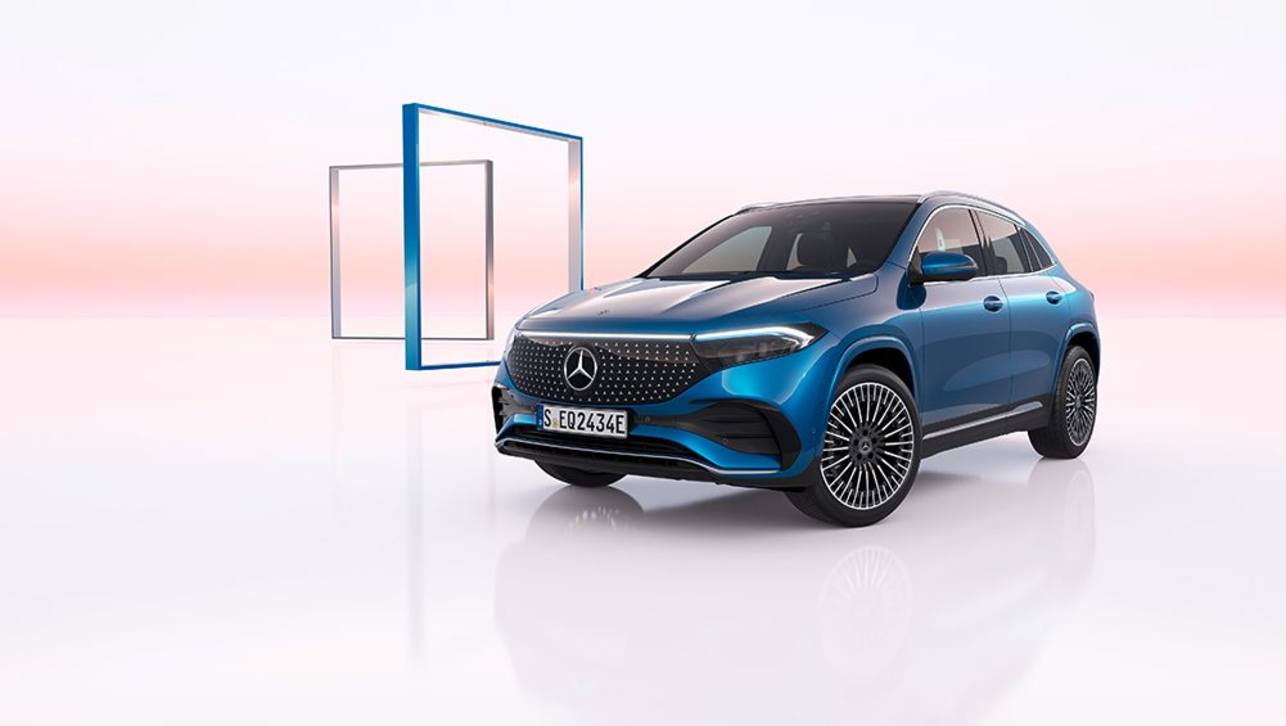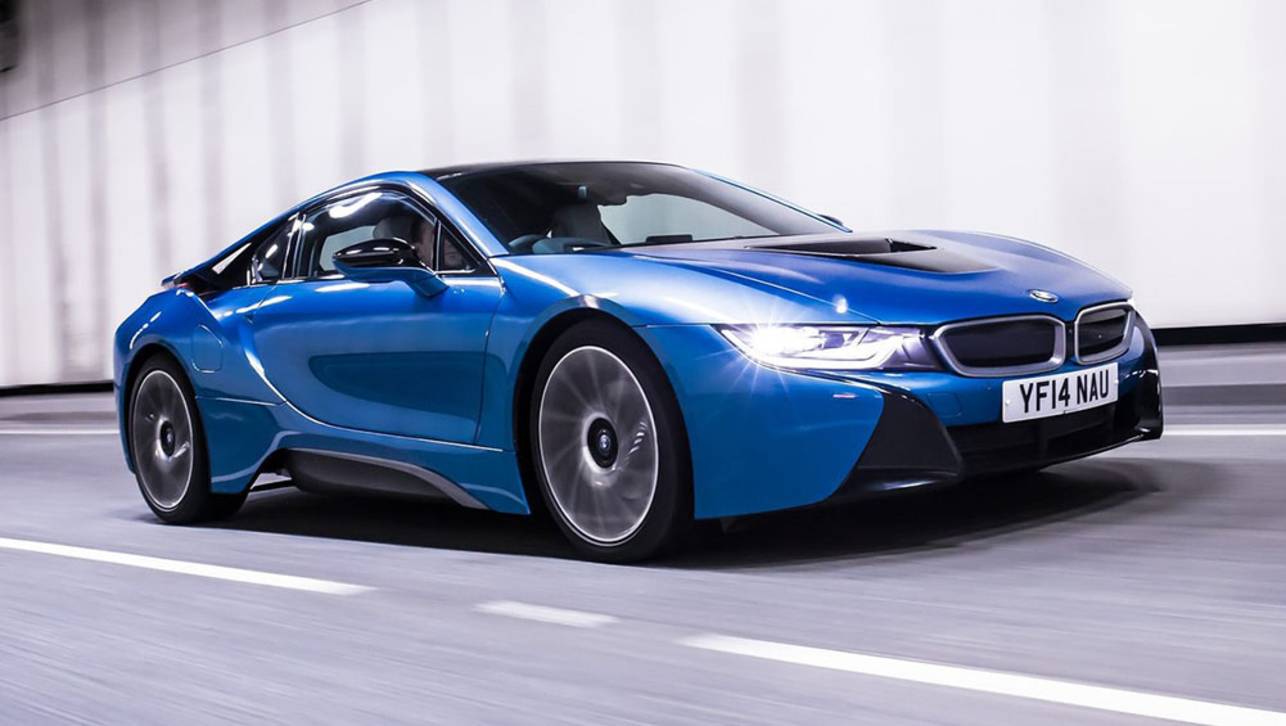BMW's high performance plug-in hybrid now available for local test drives ahead of 2015 delivery.
Although Australian customers won't be getting their hands on BMW's i8 before the start of next year, the German manufacturer’s first foray into the world of high performance plug-in hybrid powertrains is now available to test drive locally.
The six specialist BMW ‘i dealerships’ across Melbourne, Sydney, Brisbane, Canberra, Perth and Adelaide are now armed with i8 demo models to help whet Australian appetites for the innovative petrol-electric sports coupe.
The $299,000 i8 is one of a raft of similar models being developed by manufacturers in the face of tightening emissions laws, with such petrol-electric drivetrains capable of mixing green-cred with performance. BMW's
The i8’s overall design is focused on saving weight
The two-door, four seat coupe is powered by a 1.5-litre three-cylinder turbocharged petrol engine and an electric motor coupled to a lithium-ion battery pack.
The petrol engine drives the rear wheels and develops 170kW and 320Nm. The electric motor powers the front wheels and develops 96kW and 250Nm.
The i8 also has a second, smaller (15kW/50Nm) electric motor that is used to start the petrol engine and recharge the 7.1kW/h liquid-cooled lithium-ion battery pack on the move.
The battery pack can be charged with a standard household power outlet in two and a half hours, or in 1 hour 45 minutes hours through the optional BMW i Wallbox Pure charging unit.
Three driving modes are available - Eco Pro, Comfort and Sport – which can adjust the drive experience between a 37km range of pure electric power, to using the full potential of both petrol and electric power sources to deliver 0-100km/h acceleration in a supercar-like 4.4 seconds.
The i8’s overall design is focused on saving weight. The chassis is made up of carbon fibre and alloy and uses an innovative manufacturing process developed by BMW, and the outer skin from high-tech thermoplastic polymers, the same as the electric i3 hatchback.
In the cabin, a magnesium panel houses the instruments while the air conditioning ducts are made from a foam-plastic material that provides further weight savings over more traditional materials. Even the glass in the windows is thinner than the norm.
The i8’s satav system has the smarts to collect information on the status of the batteries, driving style, real-time traffic and topographical information in order to work out a route that maximises use of the electric engine.
Customers will also have the option to hire a more traditional BMW for holidays etc, where a more practical vehicle may be needed.



.jpg)

.jpg)
.jpg)


.jpg)
.jpg)
.jpg)
.jpg)
.jpg)
.jpg)
.jpg)
.jpg)
.jpg)
.jpg)
.jpg)
.jpg)
.jpg)

.jpg)
.jpg)

.jpg)


.jpg)


.jpg)
.jpg)





Comments